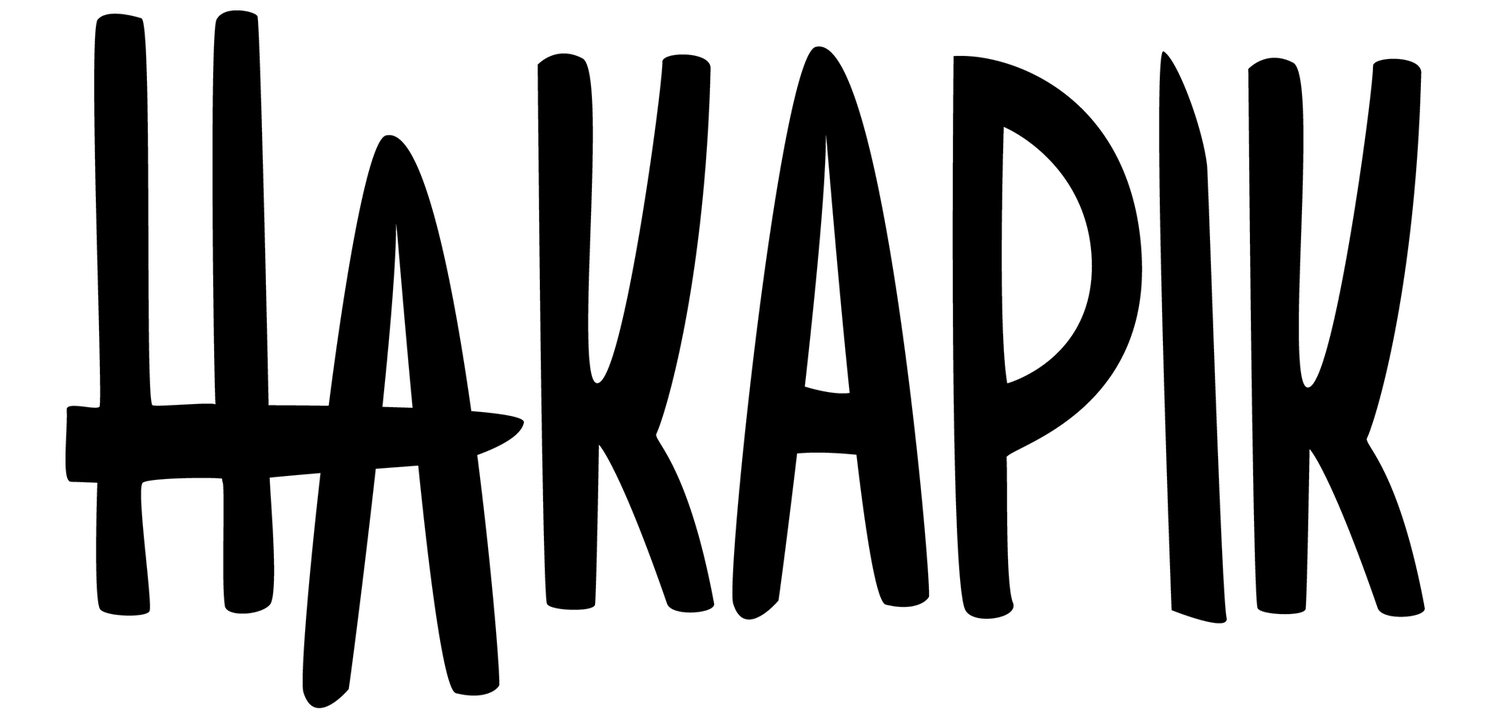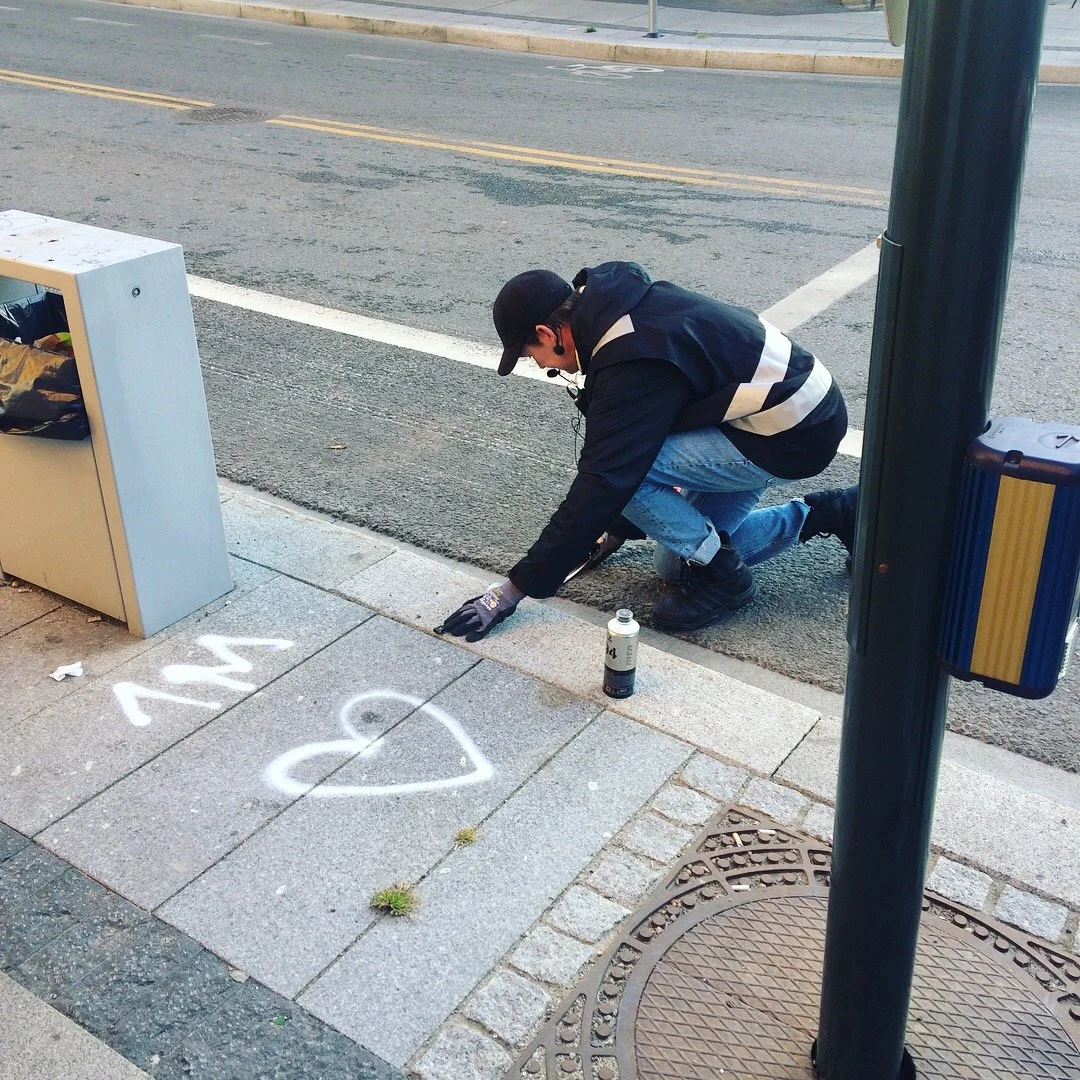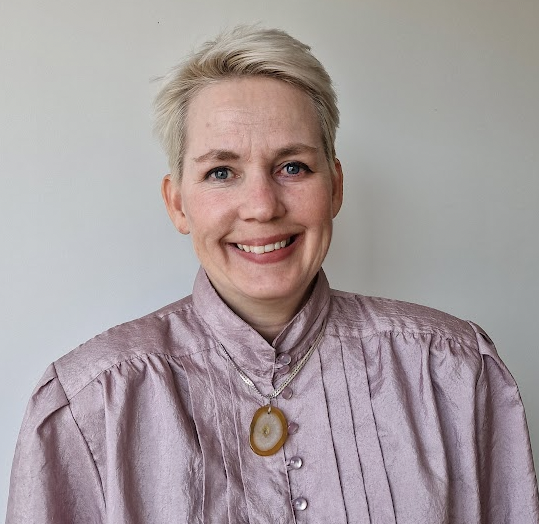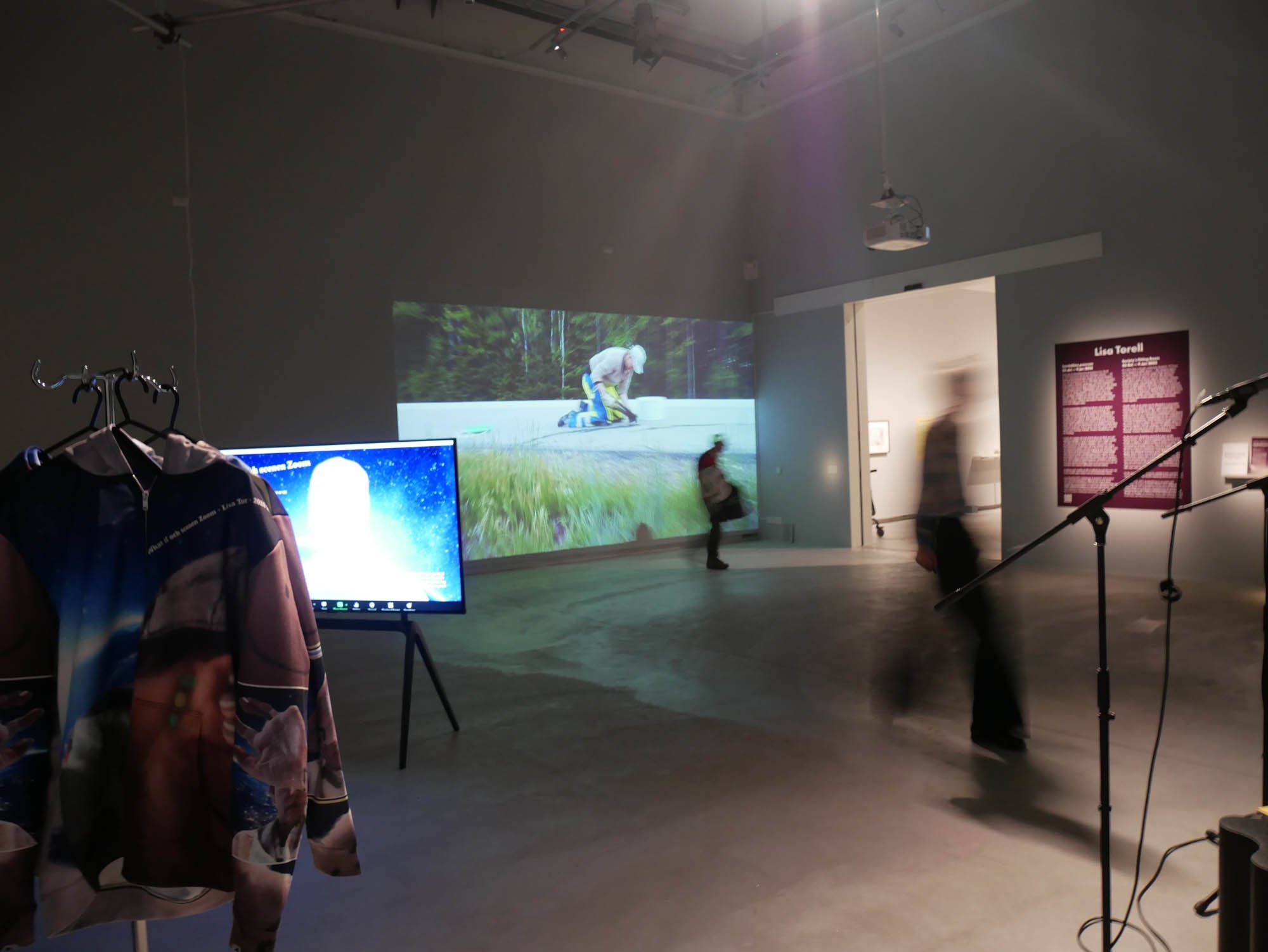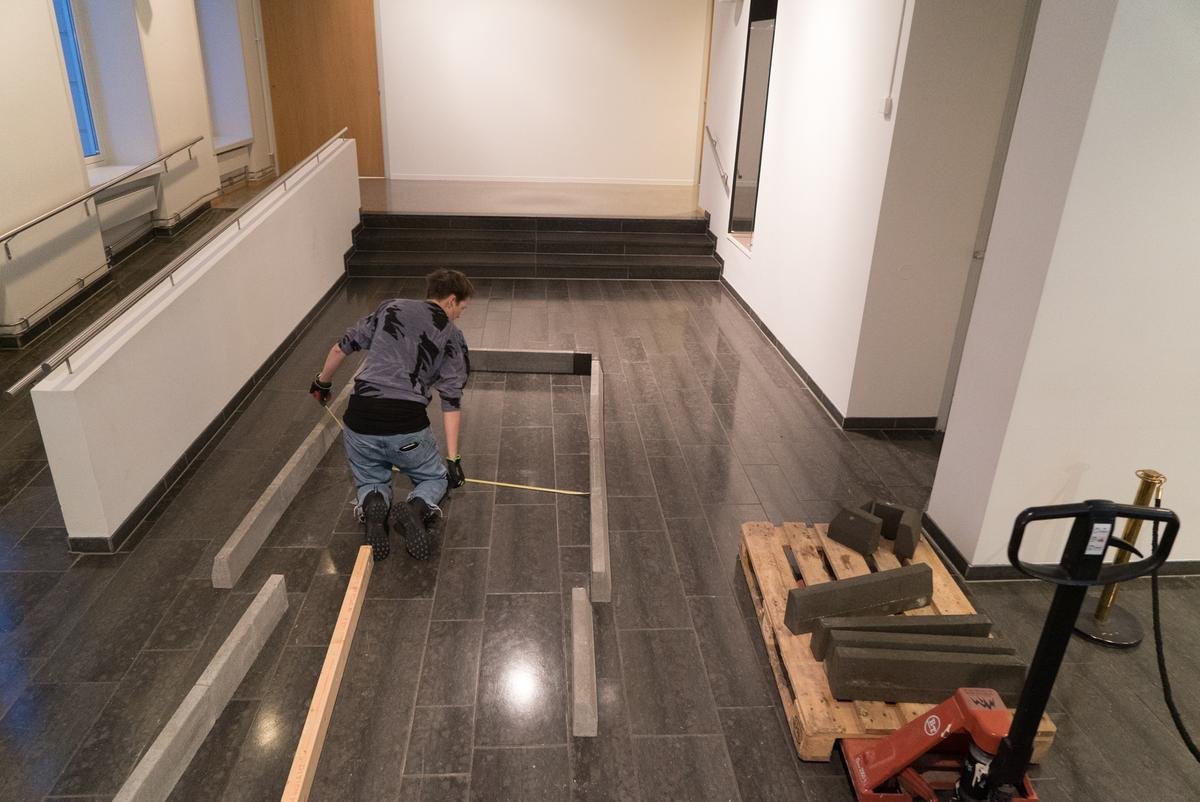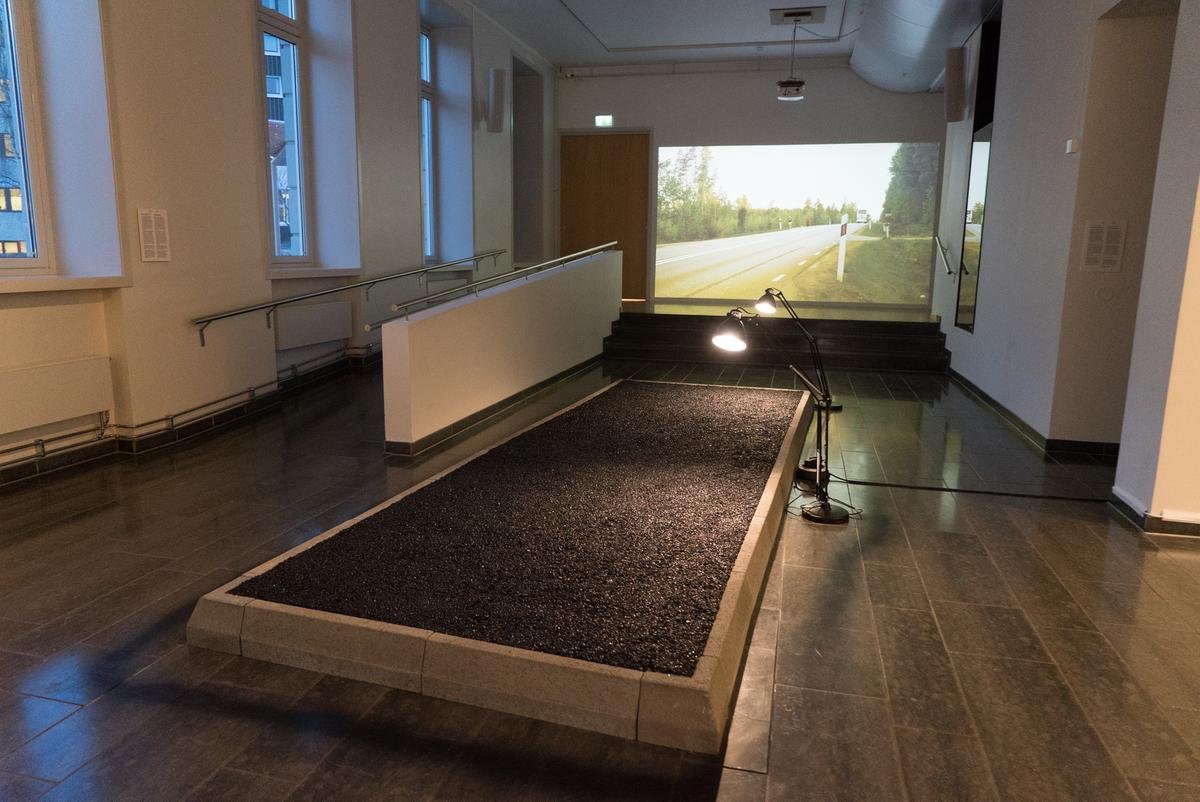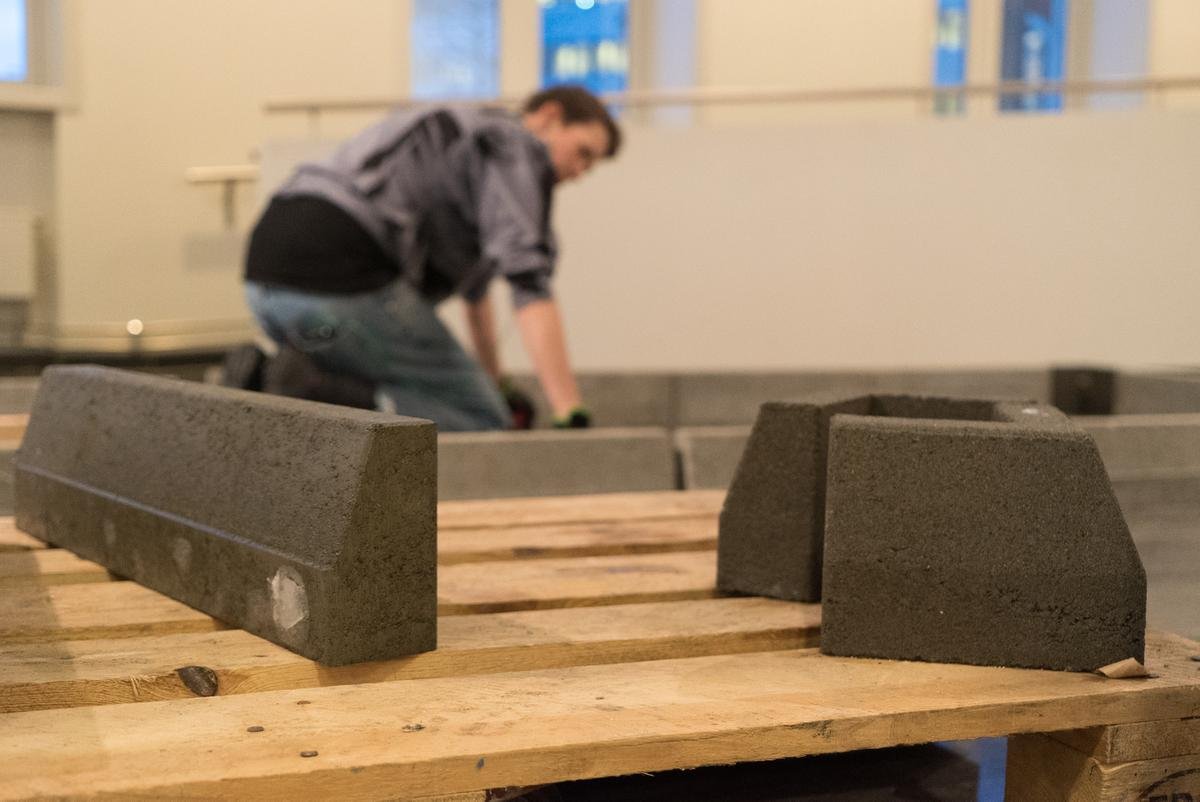On challenging trends in urban development and being a dry mushroom: an interview with Lisa Torell
Interview with Lisa Torell, artist and new professor in Contemporary Art at UiT - The arctic university of Norway, Academy of Arts, Tromsø, 2022.
Recently Lisa Torell started her new job as professor at UiT – The Academy of Arts, in Tromsø. Torell is interested in relations between people and public space, and in our chat we spoke about her skepticism towards certain trends in urban development and her hopes for an interdisciplinary future of the art academy.
By Bianca Hisse
I want to start our chat congratulating you on your new job! The university environment is nothing new for you, since you finished your PhD in 2018. How does it feel to be back at UiT?
Thanks! I think it will be very interesting. It is true that I know the school well, but there have been some structural changes since I left, so I would say it is same, same but different. Coming back will be a bit similar to making a site-specific work: going to a place that is familiar to you, but in a completely new context. I think I just have to arrive, listen and learn it all over again. The good part is that I will be there for at least 6 years, so I can really work with a long-term perspective.
After doing your PhD in Tromsø you also finished a post-doc in Umeå. Could you explain what you have been researching, and how your artistic practice connects to your teaching?
As an artist, I have always been teaching, or somehow in dialogue with students, the ones who will be part of the art world after me. In Tromsø, my PhD was titled “Potential of the Gap”, which was a performative place-related research project, on methods in the public space. I am interested in the relation between people and space. During the PhD I was working with the “occasional viewers” and the impact they make in the work I was doing as a performer.
In the post-doc I continued to focus on the spectator relations to public space. I was collaborating with an interdisciplinary project called “Categorisation supporting the implementation of Universal Design in Sweden”, a research project about accessibility and inclusivity in public space. It included gender researchers, linguists, urban planners and activists.
Do you see differences between performing in public space in Tromsø and Umeå?
It is easy to get permission to get things done in Tromsø. People are very curious and often enjoy it when something happens. I cannot say that this is a specificity to Tromsø, but in general there is a certain DIY mentality that I really like with Tromsø. During my whole time in Umeå there was Covid. All the performances I was supposed to do in different Swedish cities and public spaces became digital.
And how did you adapt?
When Covid hit for the first time, we decided to do all the workshops in the project (Categorisation supporting the implementation of Universal Design in Sweden) in digital format. I had to reform my interactive performances in the public space and transform them to interactive performances on Zoom. That was demanding, interesting and fun. Limitations are always part of my practice, so I started to work with the digital space, I used the hybrids – played with the physical space and the digital space in connection to questions concerning rights and public space. When you perform in real life, sometimes you might encounter resistance from the audience, but on Zoom this resistance looks totally different.
You also bring your performances to institutional art spaces – like Nordnorsk Kunstmuseum in 2018. How is it for you to move from the street to the museum?
I wanted to anchor the project “Potential of the Gap" within an art history context. Every work that I exhibited at Nordnorsk Kunstmusem was originally made for an explicit city and context. To exhibit them together was a way to challenge the current trend that every city nowadays wants to work with site-specific art and develop their city as if it is unique. Instead, I wanted to look at cities as places where we can see the commonalities between and learn from.
Can you talk a bit more about how you see this trend in urban development and about your thoughts on how different urban spaces share certain common elements?
Many of my projects are about seeing what places and contexts have in common, the systems. This is connected to the core of who I am and how I think, but it is also the core of the site-specific tradition, where knowledge is the main thing, not the commodity. Nowadays, site-specific knowledge has become a commodity, where every urban planner desires to involve site-specific artists to enhance the value of a place. Cities have become marketable places. Instead of marketing cities as unique, we should rather see what could be done out of elasticity, look at the humans – the developments we go through during a lifetime, understand that we are not absolute, but in a constant movement with the environment.
Talking about movement, I want to discuss a more recent project of yours, which is the sound piece titled Noise Reduction and Glitches, Echoes from the Past and Future that you created for GIBCA, the Göteborg Biennial of Contemporary Art (2021). In this work you also propose a sort of movement from a very specific locality to a global context.
The sound piece was a continuation of What if och scenen Zoom (2020), the digital interactive performance I made within the interdisciplinary project. Noise Reduction and Glitches, Echoes from the Past and Future was a site-related piece produced for Korsvägen, in central Gothenburg. But it was also made to be experienced off-site and online. You don’t have to be there to understand it, but on the other hand, if you are there, you can see the history of the place through the existing environment that creates a bridge between the past and the future. The piece is a bit sci-fi, it looks into accessibility of public space, urban planning with our new ai hybrid modified bodies. My main idea was that if we are planning for new cities, we must be able to speculate about that and ourselves as new bodies. So I threw us back to the 1800's and forward to the 3000's.
I like the idea that in order to speculate about the future, we must see ourselves as part of it. I can connect this to your interest in teaching, and staying close to the new generation of artists who will be pushing the future forward. Can I ask you what are your hopes for the future?
Such a difficult question! I really like the fact that the world is becoming more and more interdisciplinary. People in general understand better now that there are so many ways of learning and gaining knowledge other than just reading theory. The word “embodiment” is all over the world right now, and it shows that we have moved our thinking around knowledge. I am sure that we have just seen the first part of this reality, and here we have a superior situation at the art schools, this is our expertise – a knowledge we must to continue to care for and develop. In that sense I am very optimistic, and if we continue to care for this strength, I think we have a very beautiful future.
What about the future of the art academy in Tromsø?
I am not sure, but I’d like to see the academy following this interdisciplinary, cross-border tendency. I have been teaching in several art academies, and I can see a tendency of dissolving boundaries and categories all over. But even though the world gets more interdisciplinary, I wouldn’t say that I am against expertise, not at all, in fact the opposite. We need exactly that specific, technical, intellectual knowledge that we develop within art education. The perfectness and the imperfectness. I find artists/students that can convince me of a certain idea in a “bad” technical way – as promising as the opposite.
Do you already have any plans or expectations?
I want to first grasp the mentality of the school after Covid, how it has affected its social structure, and what was the result of not being able to meet personally or have real life feedback. I want to start as a dry mushroom sipping in the environment and growing slowly. In relation to my own projects, I am just in the beginning of the hybrids of digital space and its role in relation to public space, so I will continue on that path and hopefully after a while drag the specificity of Tromsø into it – the arctic commodity and the soul, (ha ha).
A lot of people might see the north as very local, distant, and detached from other urban contexts. But once you live in the north you realize how much of global politics happens here, right in front of your eyes.
Definitely. I am so tired of the old but still repeated image of the north as something distant politically, culturally and globally. The world is not just south and north but it is also horizontal and diagonal. I think we must realize that we cannot split up the world in kilometers and miles, south and north, bits and bobs to identify us with or dislike. It is bigger than that and that for me at least is part of the Tromsø mentality.




